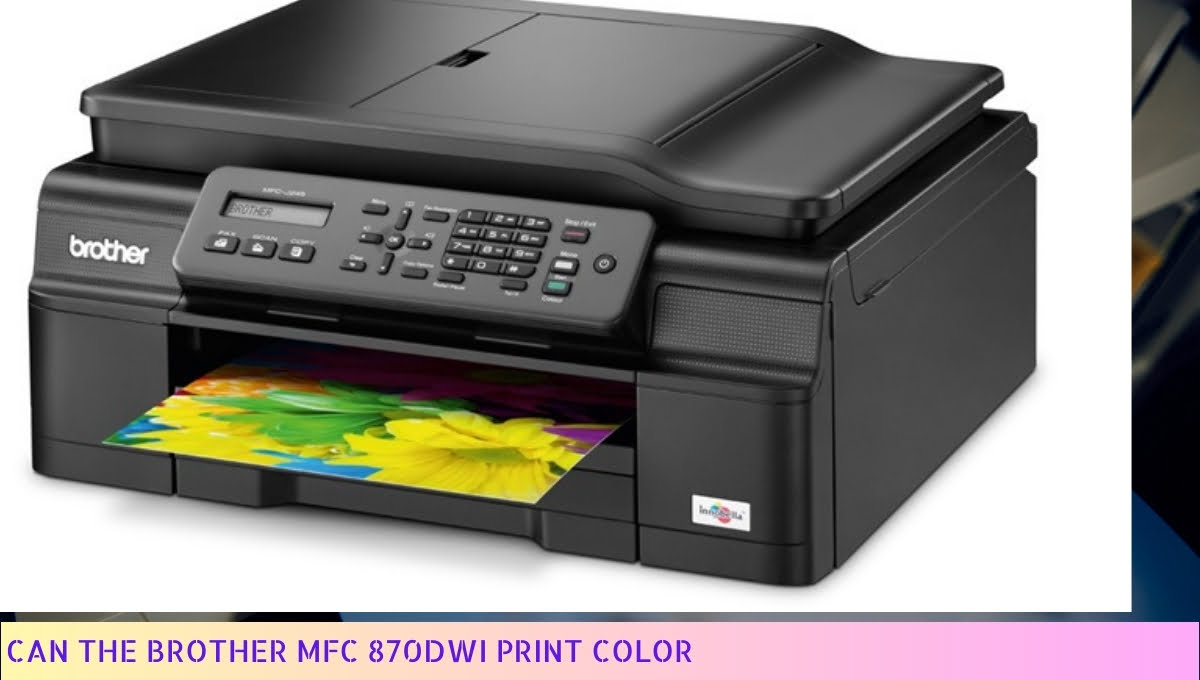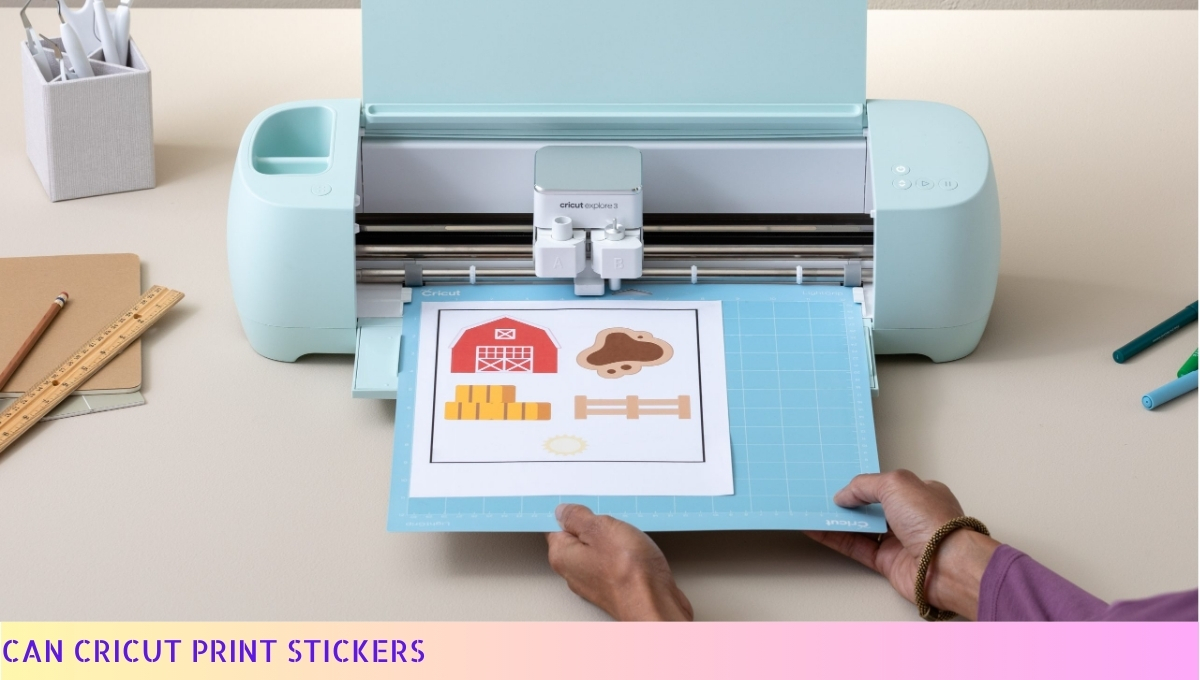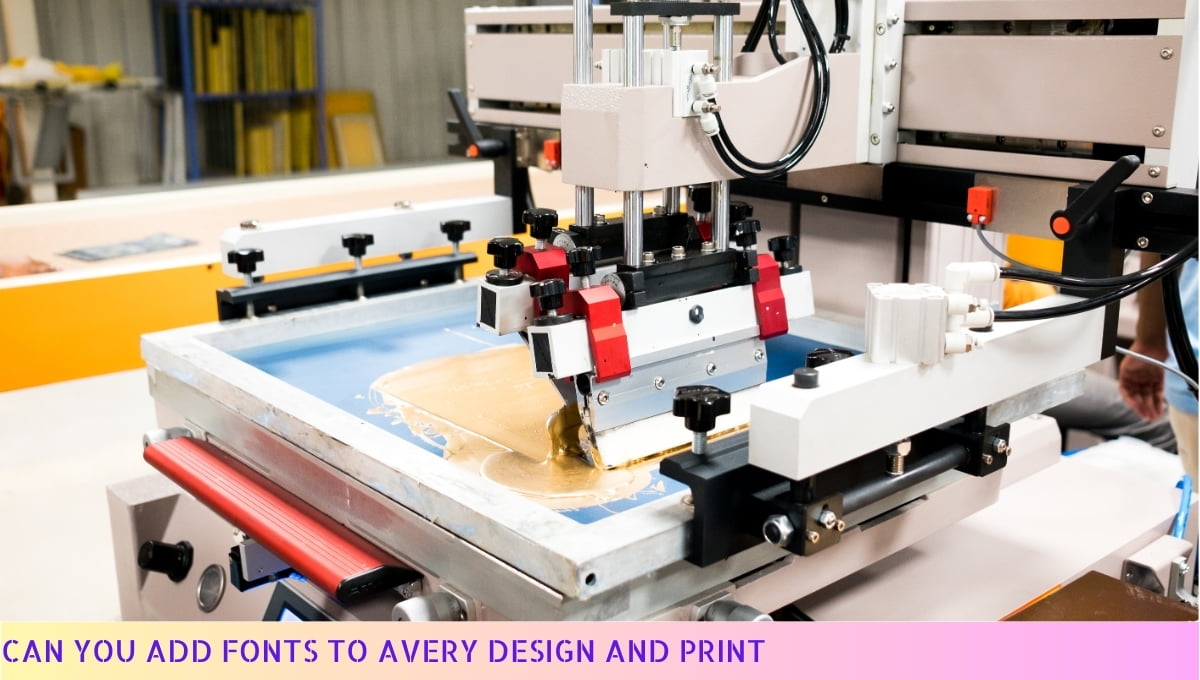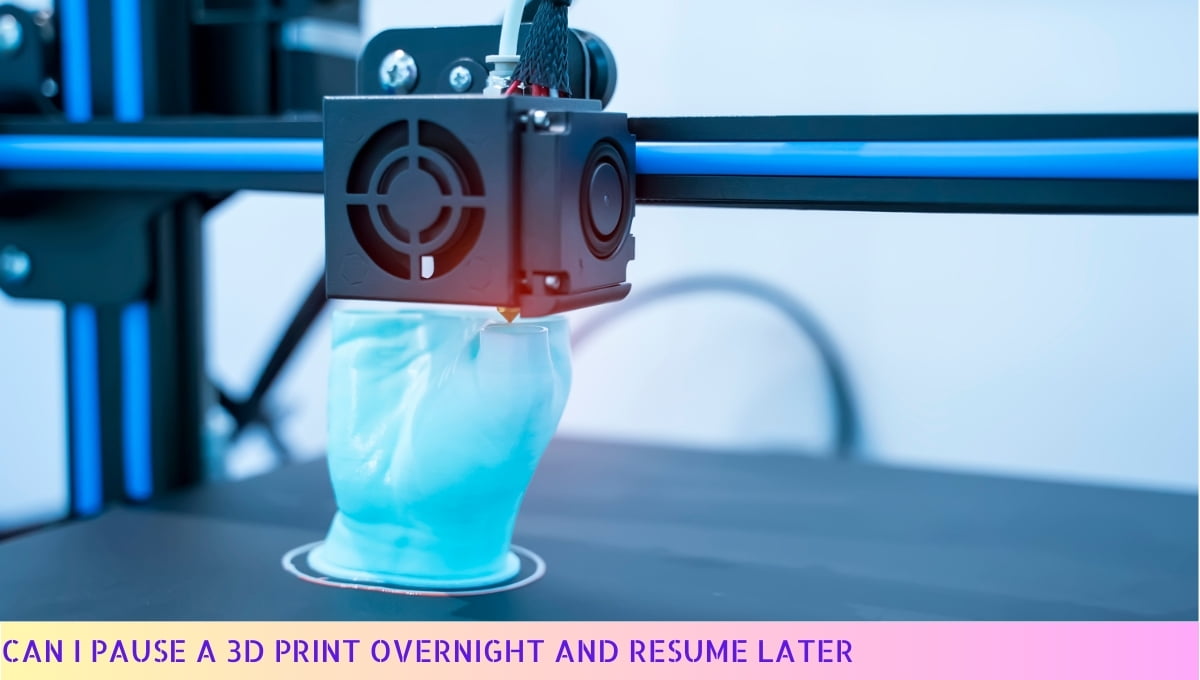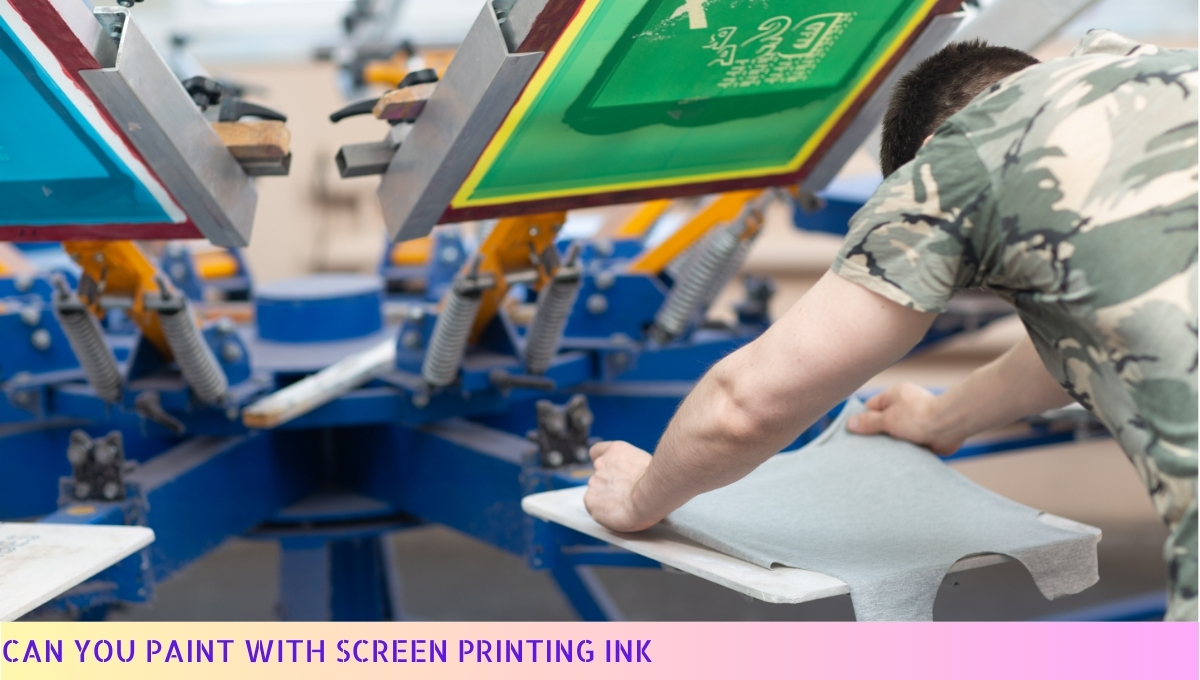Yes, you can 3D print with silicone.
3D printing with silicone is a versatile and innovative technique that allows for the creation of complex and flexible objects.
By using a specialized 3D printer and silicone-based materials, you can produce customized products, prototypes, and even medical devices.
This technology opens up new possibilities in various industries, including healthcare, fashion, and automotive.
With its unique properties, such as durability and elasticity, silicone 3D printing offers endless opportunities for creative and functional applications.
So, if you’re looking to bring your ideas to life in a flexible and durable form, silicone 3D printing might be just the ticket!
I. Advantages of 3D Printing with Silicone
When it comes to 3D printing, silicone is an incredibly versatile material that offers a wide range of advantages. Let me delve into the reasons why 3D printing with silicone is a game-changer.
1. Flexibility and Durability: Silicone is known for its exceptional flexibility and durability, making it ideal for creating complex and intricate designs.
With 3D printing, you can bring your wildest ideas to life, whether it’s a prototype, a medical device, or even a fashion accessory.
2. Customization: One of the biggest advantages of 3D printing with silicone is the ability to customize designs according to individual needs.
Whether it’s adjusting the size, shape, or texture, you have the freedom to create unique products tailored to specific requirements.
3. Biocompatibility: Silicone is widely used in the medical field due to its excellent biocompatibility. It is hypoallergenic and can be safely used for implants, prosthetics, and other medical devices.
3D printing with silicone allows for precise and accurate fabrication of these life-changing solutions.
4. Time and Cost Efficiency: Traditional manufacturing methods for silicone products can be time-consuming and expensive.
However, 3D printing significantly reduces production time and costs by eliminating the need for molds or tooling. This makes it a cost-effective solution for both prototyping and mass production.
5. Design Freedom: With 3D printing, you are not limited by traditional manufacturing constraints. Complex geometries, undercuts, and intricate details can be easily achieved with silicone 3D printing.
This opens up a world of possibilities for designers and engineers to push the boundaries of innovation.
II. Applications of 3D Printing with Silicone
Now that we’ve explored the advantages, let’s take a look at the exciting applications of 3D printing with silicone. Brace yourself for a world of endless possibilities!
1. Healthcare and Biomedical: The medical field has greatly benefited from 3D printing with silicone. It enables the production of customized implants, prosthetics, surgical models, and even organs.
This technology has revolutionized patient care, improving surgical outcomes and enhancing quality of life.
2. Fashion and Wearables: Silicone 3D printing has also made its mark in the fashion industry. Designers are now able to create unique and intricate accessories, such as jewelry, shoes, and even garments.
The flexibility and durability of silicone make it a perfect material for wearable art.
3. Electronics and Robotics: Silicone 3D printing plays a crucial role in the production of electronic components, such as sensors, connectors, and encapsulations.
Its excellent thermal and electrical insulation properties make it an ideal choice for the electronics and robotics industries.
4. Architecture and Design: Architects and designers are embracing silicone 3D printing to create stunning and innovative structures.
From intricate façade elements to customized interior designs, this technology allows for the realization of complex architectural visions.
III. Future Potential of 3D Printing with Silicone
The future of 3D printing with silicone holds immense promise. As technology continues to advance, we can expect even more exciting developments in this field.
Here are a few areas to keep an eye on:
1. Material Advancements: Researchers are constantly exploring new materials and formulations to enhance the properties of silicone for 3D printing.
This includes improved flexibility, strength, and biocompatibility, opening up new possibilities for various industries.
2. Multi-Material Printing: Imagine being able to 3D print objects with multiple materials, combining the benefits of silicone with other materials like metals or ceramics.
This would enable the creation of even more complex and functional designs.
3. Scale and Speed: As 3D printing technology evolves, we can anticipate advancements in scale and speed. This would allow for the production of larger and faster prints, making silicone 3D printing even more efficient and accessible.
3D printing with silicone offers a plethora of advantages, from flexibility and customization to biocompatibility and cost efficiency. Its applications span across industries, from healthcare and fashion to electronics and architecture.
With ongoing research and technological advancements, the future potential of 3D printing with silicone is truly exciting. So, let your imagination run wild and explore the endless possibilities that this innovative technology brings.
IV. Challenges and Limitations of 3D Printing with Silicone
1. Material Properties: One of the major challenges in 3D printing with silicone is its unique material properties. Silicone is known for its flexibility and elasticity, which can make it difficult to control during the printing process.
Its high viscosity and low surface tension can lead to issues such as sagging, warping, and poor layer adhesion.
2. Printing Speed: Another limitation is the relatively slow printing speed of silicone compared to other 3D printing materials. Due to its physical properties, the material requires more time to solidify and set properly.
This can result in longer print times, making it less suitable for projects that require quick turnaround.
3. Post-processing Requirements: After the printing process, silicone 3D prints often require additional post-processing steps. This can include curing or vulcanizing the material to enhance its mechanical properties.
These extra steps can add complexity and time to the overall production process.
4. Limited Availability of Silicone Filaments: Unlike other commonly used 3D printing materials like PLA or ABS, silicone filaments are not as widely available.
This limited availability can restrict the accessibility and affordability of silicone 3D printing for some users.
5. Cost: The cost of silicone 3D printing can also be a challenge. Silicone materials, especially those specifically formulated for 3D printing, can be more expensive compared to other filaments.
Additionally, the specialized equipment required for silicone printing can also contribute to the overall cost.
6. Design Complexity: Designing for silicone 3D printing can be more complex compared to other materials.
The flexibility and elasticity of silicone require careful consideration to avoid issues such as overhangs, undercuts, or intricate geometries that may be challenging to print accurately.
7. Lack of Standardization: Currently, there is a lack of standardized processes and parameters for silicone 3D printing. This can make it difficult for users to optimize their printing settings and achieve consistent and reliable results.
8. Size Limitations: Silicone 3D printing is often limited in terms of build volume. The size of the printing platform and the capability of the printer can restrict the maximum size of the printed objects.
While 3D printing with silicone offers numerous advantages, it also comes with its fair share of challenges and limitations.
Overcoming these obstacles requires a deep understanding of the material properties, careful design considerations, and further advancements in technology and processes.
Despite these challenges, the potential applications and future possibilities of silicone 3D printing continue to expand, driving innovation in various industries.
V. Applications of 3D Printing with Silicone
Now let’s explore the exciting applications of 3D printing with silicone! This innovative technology has opened up a world of possibilities, revolutionizing various industries.
From healthcare to fashion, here are some of the remarkable ways silicone 3D printing is making its mark:
- Medical and Prosthetics: With its biocompatibility and flexibility, silicone is an ideal material for creating customized medical devices and prosthetics.
From hearing aids to dental implants, 3D printing allows for precise and personalized designs, improving patient comfort and overall functionality. - Fashion and Design: Silicone 3D printing has taken the fashion world by storm. Designers can now unleash their creativity and produce intricate, avant-garde pieces that were once unimaginable.
From futuristic garments to unique accessories, silicone enables the creation of stunning and unconventional designs. - Automotive and Aerospace: The automotive and aerospace industries have also embraced the benefits of 3D printing with silicone.
This versatile material can be used to produce complex components, such as gaskets, seals, and vibration dampeners.
Its durability and resistance to extreme temperatures make it an excellent choice for these demanding applications. - Consumer Products: Silicone is widely used in consumer products due to its safety, durability, and flexibility.
3D printing allows for the production of customized silicone products, such as phone cases, kitchen utensils, and even sex toys.
The ability to tailor designs to individual preferences opens up a whole new world of possibilities for consumers. - Art and Sculpture: Artists and sculptors are harnessing the power of silicone 3D printing to bring their visions to life. This technology enables the creation of intricate and detailed sculptures with remarkable precision.
From small-scale figurines to large installations, silicone 3D printing pushes the boundaries of artistic expression.
These are just a few examples of the incredible applications of 3D printing with silicone. As the technology continues to advance, we can expect even more industries to embrace its potential. The possibilities are truly endless!
VI. Future Potential of 3D Printing with Silicone
The future of 3D printing with silicone is bright and full of exciting possibilities. With advancements in technology and materials, this innovative manufacturing process is poised to revolutionize various industries.
Let’s explore some of the potential applications and benefits that lie ahead.
- Medical Field: 3D printing with silicone has immense potential in the medical field. It can be used to create customized prosthetics, implants, and even organs.
This could lead to faster and more efficient treatments, improved patient outcomes, and reduced healthcare costs. - Fashion and Design: Imagine being able to design and create custom-fit clothing, shoes, and accessories using 3D printing with silicone.
This technology could revolutionize the fashion industry, allowing for unique and personalized designs that perfectly fit individual body shapes and sizes. - Automotive and Aerospace: The automotive and aerospace industries can greatly benefit from 3D printing with silicone.
It enables the production of complex and lightweight parts, leading to improved fuel efficiency, reduced emissions, and enhanced performance. - Consumer Products: From household items to electronics, 3D printing with silicone can offer endless possibilities for creating innovative and customized consumer products.
This technology could empower individuals to design and manufacture their own products, fostering creativity and reducing waste. - Research and Development: 3D printing with silicone provides researchers and scientists with a powerful tool for prototyping and testing new ideas.
It allows for rapid iteration and customization, speeding up the development process and facilitating innovation in various fields.
As the technology continues to evolve and improve, we can expect even more breakthroughs and applications for 3D printing with silicone.
It has the potential to transform industries, empower individuals, and push the boundaries of what is possible. The future is exciting, and the possibilities are limitless.
| Advantages | Challenges and Limitations |
|---|---|
| Customization | Material limitations |
| Complex geometries | Cost |
| Reduced waste | Printing speed |
| Improved patient outcomes | Post-processing requirements |
Can You 3d Print With Silicone – FAQs
1. Can you 3D print with silicone?
Yes, it is possible to 3D print with silicone. Silicone is a flexible and durable material that can be used for various applications, including 3D printing.
2. How does silicone 3D printing work?
Silicone 3D printing typically involves using a specialized 3D printer that is capable of extruding or injecting silicone material. The printer follows a digital design file to create the desired object layer by layer.
3. What are the advantages of 3D printing with silicone?
Some advantages of 3D printing with silicone include the ability to create complex and intricate designs, high flexibility and elasticity of the printed objects, and the availability of various silicone materials with different properties.
4. What are the applications of silicone 3D printing?
Silicone 3D printing finds applications in a wide range of industries, including medical and healthcare, automotive, consumer products, and prosthetics. It can be used to create prototypes, custom parts, molds, and more.
5. Is silicone 3D printing suitable for food-grade applications?
Yes, there are food-grade silicone materials available for 3D printing. These materials comply with the necessary regulations and can be used to create objects for food-related applications, such as molds or utensils.
6. What are the limitations of silicone 3D printing?
One limitation of silicone 3D printing is the relatively slow printing speed compared to other materials. Additionally, the cost of silicone materials and specialized 3D printers can be higher compared to other filaments.
7. Can silicone 3D printed objects be post-processed?
Yes, silicone 3D printed objects can be post-processed to achieve desired finishes or properties. Post-processing techniques may include curing, surface treatment, or adding additional layers or coatings.
8. Are there any safety considerations when working with silicone 3D printing?
While silicone itself is generally safe to handle, it is important to follow proper safety guidelines when working with any 3D printing materials. This includes using appropriate ventilation, wearing protective equipment, and handling chemicals responsibly.
9. Can I use any 3D printer for silicone printing?
No, silicone 3D printing requires specialized printers that are designed to handle the unique properties of silicone materials. These printers typically have specific extrusion or injection mechanisms suitable for silicone printing.
10. Where can I find silicone 3D printing services or materials?
There are various companies and online platforms that offer silicone 3D printing services or sell silicone materials specifically for 3D printing. Conducting an online search or reaching out to local 3D printing service providers can help you find suitable options.
Wrapping Up
We’ve reached the end of our 3D printing adventure with silicone. So, can you 3D print with this squishy, stretchy stuff? The answer is a resounding YES!
Silicone has made its way into the 3D printing world, opening up a whole new realm of possibilities. From medical devices to fashion accessories, the versatility of silicone knows no bounds.
So, if you’re ready to dive into the world of flexible, durable, and oh-so-smooth 3D prints, grab yourself a silicone filament and let your creativity run wild! Happy printing, my friends!


